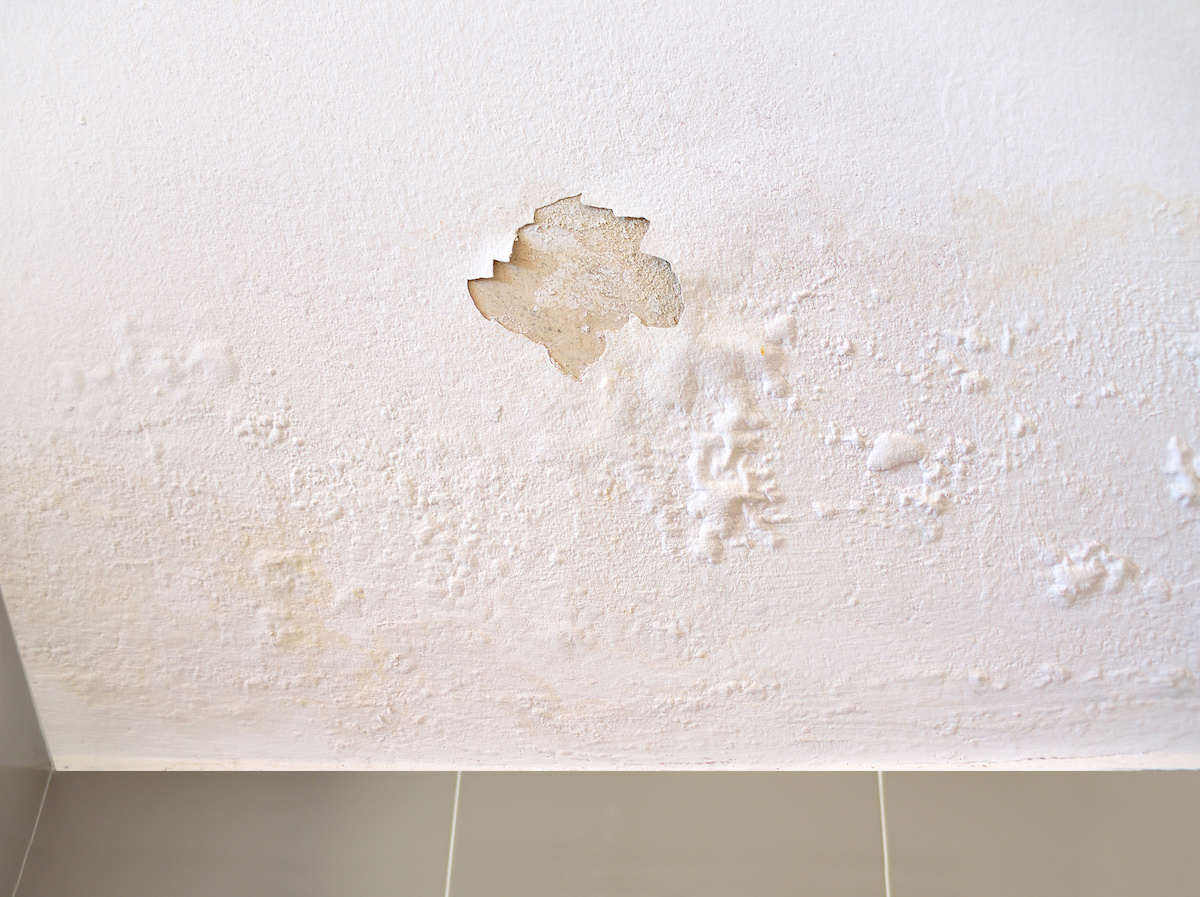Just How to Avoid Water Damage in Your Bathroom
Just How to Avoid Water Damage in Your Bathroom
Blog Article
How do you really feel in regards to Preventing Water Damage in the Bathroom?

The shower room is extremely susceptible for damp buildup and also potential water damage as a result of the constant use of water in it. This short article offers easy assessment methods to aid identifying water damage risks.
The regular use water in the bathroom makes it incredibly prone for wet buildup and potential water damage. By checking it consistently, you can lower water relevant problems.
The adhering to set of inspections is easy to perform and ought to be done when in every three months in order to maintain your shower room healthy and also to stop possible water problems brought on by the bathtub, the shower, pipe joints and plumbing, sinks, cabinets, and the toilet
Do not neglect performing these inspections and be comprehensive while performing them. Keep in mind that these simple examinations can conserve you a great deal of money by offering early indicators for water damage
Bath tub as well as Shower
The shower and bath tub call for special attention and upkeep. Inspect the ceramic tiles and change if split. Ensure that there is no missing out on grout between the floor tiles. Check as well as replace fractured caulking at joints where the wall surfaces meet the flooring or the tub. Clogged drains and also pipes troubles will certainly avoid the bathtub from drying out as well as may show severe problems under the tub. Consult with a specialist instantly to stop structural damages. Focus on stainings or soft locations around the bathtub wall surfaces as they may show an interior leak.
Plumbing
Signs for water damages are difficult to spot given that a lot of pipes are set up inside the walls.
Pay unique attention to floor covering and wall surfaces moisture and also stains as they might indicate an unseen plumbing issue. Examine wetness degrees in adjoining areas as well.
Sinks and also Cabinets
Sinks and closets are exposed to wetness and humidity everyday as well as are frequently ignored. Evaluate routinely under the sink and also on the countertop over it. Repair any type of drip in the catch as it may suggest drainpipe problems. Browse the sink, slow draining pipes might show an obstructed drainpipe. Replace sink seals if they are split or loosened.
The Bathroom
The bathroom is a vulnerable water junction. Examine the water lines as well as search for leaks around the commode seat, in the tube, and under the water storage tank. If you identify any indications of wetness on the flooring around the commode, look for leaks in the toilet rim as well as container seals.
Be aware that hanging bathroom dish antiperspirants increases the possibilities for blockages.
Water Damage Signs In The Bathroom To Avoid Cleanup
Musty smell
This is one of the easiest signs to catch because musty smells are so odorous. The damp, earthy, moldy smell should be a big red flag. The smell will develop when moisture gets trapped in surfaces, and begins to facilitate mold growth. Leaking pipes under cabinets, inside walls, and behind shower fixtures will cause moisture to stay trapped and not dry, which will lead to mold growth and spread. As soon as you notice any musty smells in your bathroom, have it checked for hidden water damage and cleanup signs.
Visible mold
If the smell isn’t there to give it away, sometimes you will actually see mold growth. Finding mold in your bathroom is a serious problem, because mold is very harmful to your health. By the time mold growth is visible, it also means that water damage has already occurred and been present for some time. The only way the mold problem can be resolved is to find the source of the moisture and get it stopped. To safely and adequately remove mold, you need to have professionals handle the remediation. Do not waste any time in getting mold problems addressed, fixed, and sanitized so that you can protect you and your family from the many respiratory symptoms caused by mold exposure.
Damaged floors
Bathroom floors should be able to withstand some exposure to water while still remaining in good condition. However, when excess exposure or water leaks occur, they will begin to damage even the most water-resistant flooring. If you notice any cracking, bubbling, staining, or warping on your bathroom floors, there is probably a water leak somewhere causing the distortion. If you notice areas of the floor have become softer, or even have a spongy feeling, there is probably damage to the subfloor. Subflooring is typically made up of plywood. When plywood is exposed to water or moisture, it will absorb it. Once it has become saturated, the weight of the excess water will cause the wood to swell and soften. Check the floors in your bathroom frequently to catch any of these sings before they lead to damaged subflooring.
Changes on walls
When water leaks behind walls, it will cause changes in the drywall. Peeling plaster, blistering paint, and soggy wallpaper are all good indicators that excess water is building up behind the wall. Water leaking behind drywall will cause it to swell and be soft to the tough. If you start to notice gaps along the trim of your walls, or where tile meets the wall, it could also be a strong indicator that there is a leak behind the wall. Any changes, distortion, or damage on the walls should be evaluated as soon as you notice it to prevent further water damage and cleanup.

As a fervent reader on Looking for Signs of Water Damage in the Bathroom, I imagined sharing that portion was worthwhile. Those who enjoyed our blog entry please remember to share it. Thank you for taking the time to read it.
Book Today Report this page